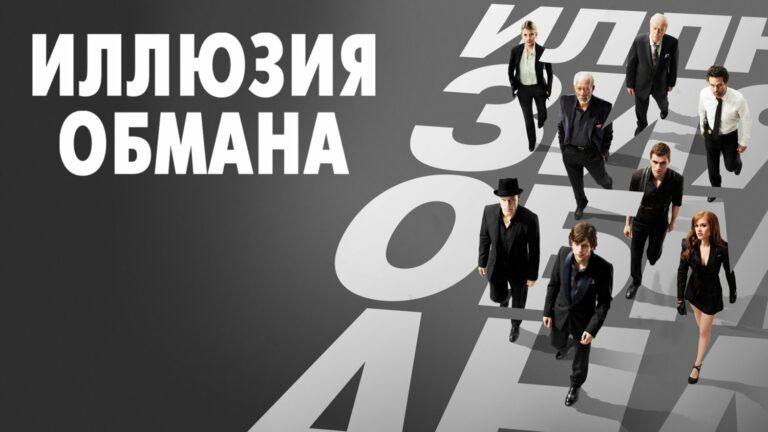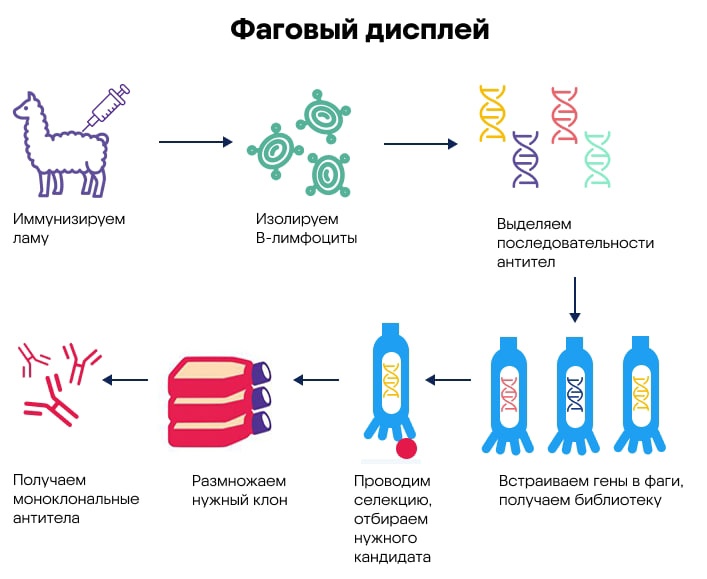gameplay on locations

In fact, I expected much more from the project; Naughty Dog’s creation turned out to be the sum of all the experience that they acquired through previous developments. In this note I would like to focus solely on the design of locations without affecting the plot of the game. Attitudes towards him can be completely different: some found him attractive, while others did not like him. There are some aspects of the game that deserve attention in terms of design. In this article I want to pay attention exclusively to the gameplay in the game, since the topic of navigation in The Last of Us Part II has already been touched upon by many.
Gameplay
There are several types of shelters in the game:
Covers that stand out for their height – low, forcing the player to crouch, or high, which hides him to his full height
Covers that do not guarantee the player's safety – grass, in which it is very easy for dogs to smell you, other objects (vehicles, beds) under which you can hide, but human opponents will have the opportunity to find you. Such covers allow/force you to play quite aggressively.
Space, like a separate shelter, is water. In the game you can find one of the locations where you can make a flank attack through swimming underwater. To prevent this from causing imbalance in the combat section, the character only has a certain amount of time when he can hold his breath.

The combat in the game is okay. When fighting an enemy, it is always easy for the player to identify all the important elements: the target, opponents and their hiding places, possible escape routes or flank attacks. The front line is an area in which it is best for the player not to get into, otherwise it will lead to death. The direction of the front line determines the location of both the focus of the battle and the location of all shelters in space.

For example, in locations where the player is initially given the opportunity to pass secretly, the exit from the space with opponents is often marked with red doors or large signs with the inscription “Exit”. This makes it very easy for the player to navigate the space both during careful passage and during battle.

The game also has several other types of battles where the player has to defend himself. With the infected, such battles take place with a minimum arrangement of shelters and with a large number of escape routes, so as not to end up in a dead end. Here we can give an example of Abby’s meeting with Joel and Tommy, who have to defend themselves from crowds of infected. Such techniques are more reminiscent of the approach to the design of multiplayer maps, when developers try not to create unnecessary deadlock situations and provide an opportunity to deceive the enemy. In defensive sections with people, a bunker room is created with one or two covers with no possibility of retreat or flanking attack. A good example of such a layout would be Abby defending herself with her friends in the store, who will have to defend themselves against enemies coming from all directions until their allies arrive.

The game has a very rich map of possibilities for battle and passage in locations. Often in one frame there are 3-5 possible paths. This allows the player to quickly change strategy during battle, look for opportunities to maneuver against enemies, and better control the situation in battle.

I liked that the developers have a rule for creating a shelter when entering another location. This allows the player, when entering a new unexplored space, to assess the situation or prepare for battle.

I was a little confused by the design of the locations, which involve both covert passage and a breakthrough with battle. Let's figure out what exactly I mean. Often, at the exits from locations where the player can pass most of the time unnoticed, developers place special barriers that, when interacting with them, create noise and force them to fight with the enemy. After the shootout, it is already possible to escape from the room with the enemy. Here the player loses some ammunition, but will be able to replenish it in the future. But there are locations that you can safely run through, and the player will not suffer anything for it.
The designers place quite a lot of pickup items throughout the game. This forces the player to spend more often: use more grenades, shoot more often, so that in the future there will be an opportunity to pick up new cartridges, etc., rather than leaving them. Stealthy passage, on the one hand, is encouraged. The player slipped unnoticed through all the opponents, saved all the equipment, but in fact he will not be able to pick up what he needs in the future. There are such locations in the game that you can simply run through, albeit a small number. The developers should have stuck to the formula for constructing locations from The Last of Us: Part I, which would have allowed them to maintain a balance of items picked up in the game.
But I would also like to note the arrangement of objects, which always lie neatly in drawers, near boxes or next to corpses, which does not cause any dissonance. I liked the designation of the location of the first aid kit on the location, which can be picked up in the ambulance transport.

Designers always provide information to the player about the enemy's presence. The approaches are completely different. These could be scripted scenes where opponents are doing something or entering a location, or dialogues between characters. This allows you to quickly orient yourself and hide from the enemy’s line of sight behind cover, and prepare for battle with them.

Most of all I liked the combat sections with stalkers, especially getting to know them. All rooms are built according to the principle of keeping the player in constant suspense. First, the player is shown the opponents themselves (Fig. 1), showing how they love cover. There is no way to track enemies using vision mechanics. They will light up if they are too close to the player. The central room is designed with a large number of shelters, which are needed not by the player, but by the enemies, who will carefully sneak up and hit from behind (Fig. 2). I would like to pay special attention to the T-shaped corridors (Fig. 3), which will force the player not to crawl, but to literally run to the exit. Moreover, the entire location is decorated with special pocket rooms, which are escape routes for stalkers. The location itself is decorated in cold colors, most of the objects are covered in rust and blood.

Education
In order for the player to develop the habit of controlling the character, at the beginning of the playthrough the developers create locations in which you only need to move. For example, at first there will be a game for Joel, where only mechanics with movement on a horse are used. Later moving to the character herself, Ellie, in Jackson.

All actions initially take place in safety. This is also used to develop a habit of mechanics and character control. Any jump is initially accompanied by a safe surface below. For example, when playing as Abby, you will need to frequently repeat various actions: somewhere you will need to crawl, bend down, squeeze through, jump, and so on.

The training takes place in the format “An ally does, the player repeats.” Such an approach will never raise the question of what kind of animation there will be, what needs to be done to move on. For example, learning to climb a rope occurs as follows. The character Dina, a friend of the main character, shows what will happen when interacting with the rope and how to use it. The player repeats after the secondary character and thereby understands how this mechanic works.

Sometimes it is worth restricting a player to a location so that he performs a certain action. This is how the player is introduced to the workbench in this game. When a minor character enters a room, he begins to block the passage. The player has only one thing left to do – interaction with the workbench. This way he will get acquainted with leveling up in the game and will allow him to move on. The object is highlighted due to thermal lighting.

I love Naughty Dog's approach to gun training, a method that has been retained since Uncharted 4. Gun handling is taught through Ellie's snowball fight with the kids in a safe and peaceful environment. Or archery is taught through a children's toy and shooting from it for a while, which allows you to learn how to handle this weapon and quickly interact with it.

Another example of archery training occurs during the game as Ellie, who is attacked by an infected with a weapon. This helps the player not to miss an important item. You will be able to leave the location only after picking up the item. When leaving the hangar, you can meet dummies on your way, on which you can practice archery.
Navigation also occurs with the help of mannequins, since people very quickly read human silhouettes, which draws attention to the fence that can be climbed over.

Training in stealth and killing takes place according to the formula of combat battles, where when entering enemy territory the player is immediately awaited by shelter and an assessment of the situation inside the house. A script immediately triggers, showing an infected person walking further down the corridor. He will stop at one point and will not turn towards the player in order to provide an opportunity to demonstrate the mechanics of stealth killing.

Acquaintance with traps also occurs on the principle of introducing the enemy and destroying him. This way it will be clear to the player what will happen to him if he gets caught in a tripwire.

What I liked most was when the player learned to shoot a weapon at real opponents, namely the infected. The developers at Naughty Dog love creating contrasts. One of these contrasts is the meeting with the first infected, where Abby is left alone without Owen. The weather suddenly changes to colder, and the space through which the character moves is less visible. The location is getting colder. First, the player will encounter an ordinary single corpse, then a whole mountain of corpses. There, Abby meets with an infected person who survived the cold, and the first battle with a real enemy for the player begins, where the developers cut him off from previous locations, which allows him to concentrate all his attention on the battle. This way the player will learn how to use weapons against real enemies and attack with melee weapons.

Bottom line
I liked the first part, of course, much more. Despite the fact that the game is built almost entirely on the basis of previous games interspersed with small new gameplay features, this does not mean that the locations are poorly designed. I highly recommend The Last of Us: Part II for analyzing not only gameplay, but also navigation in the game. It uses a lot of interesting techniques that are rarely seen in games.
You can find more interesting and useful content on game level design find here.




